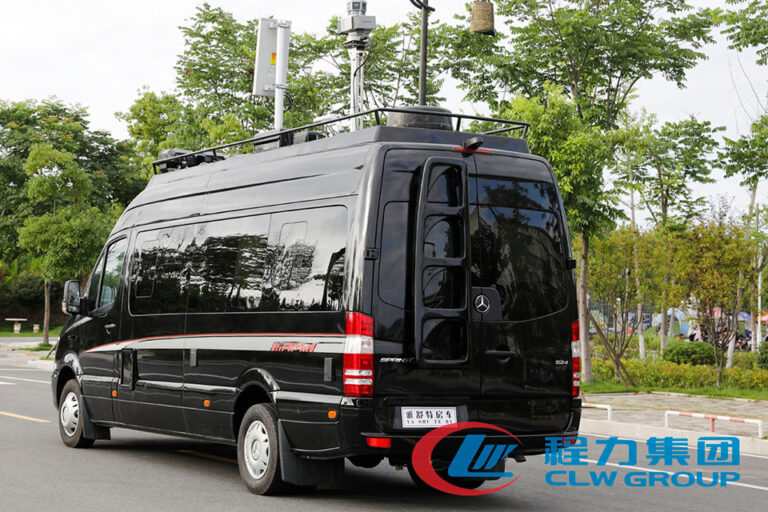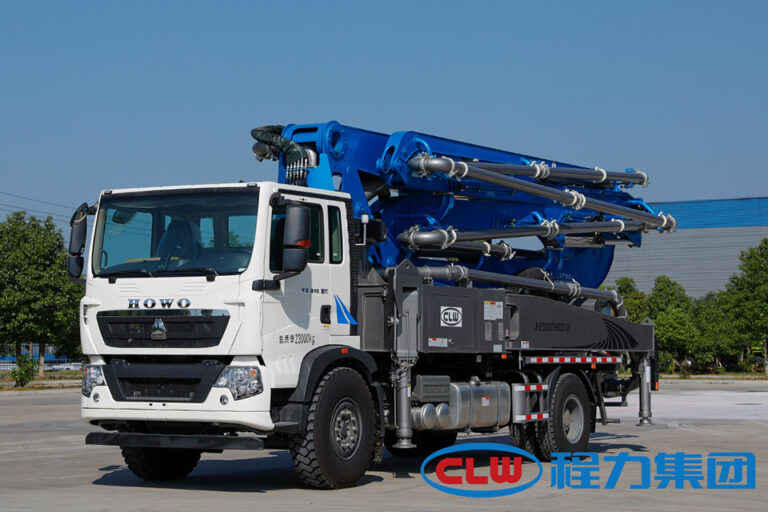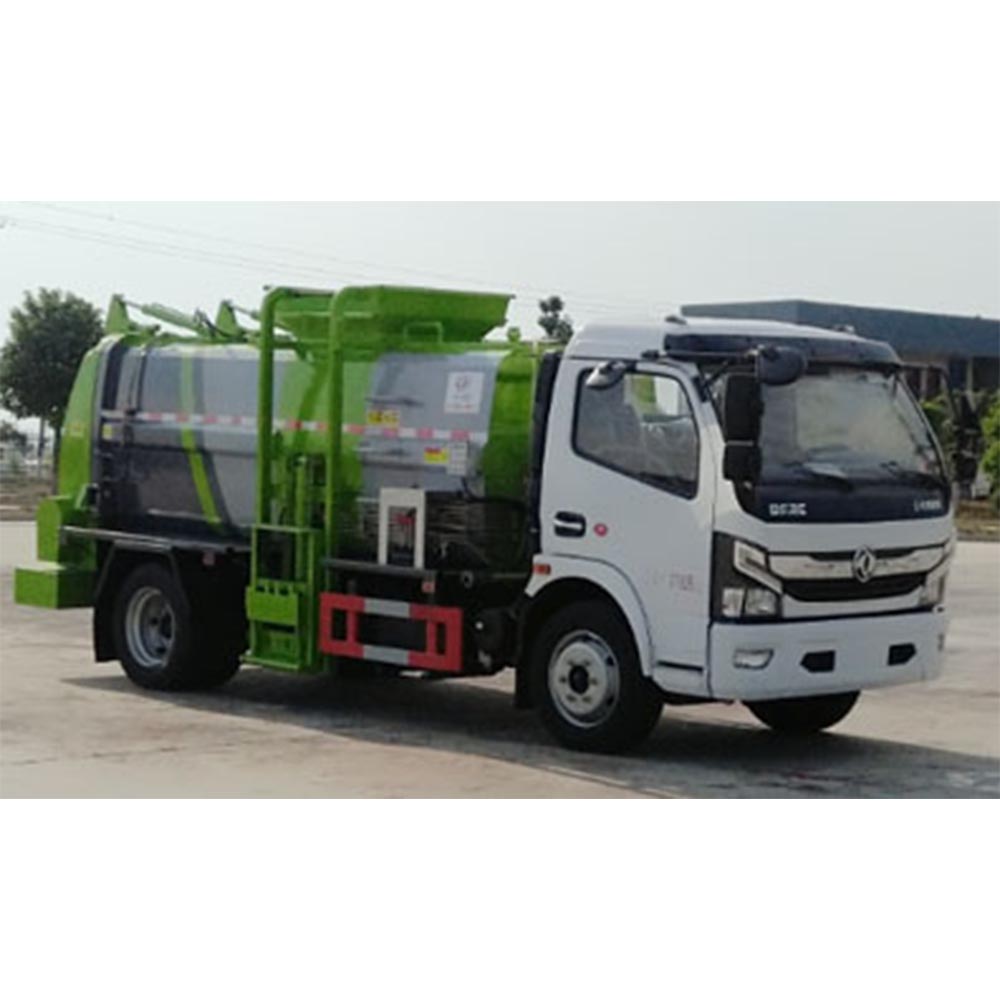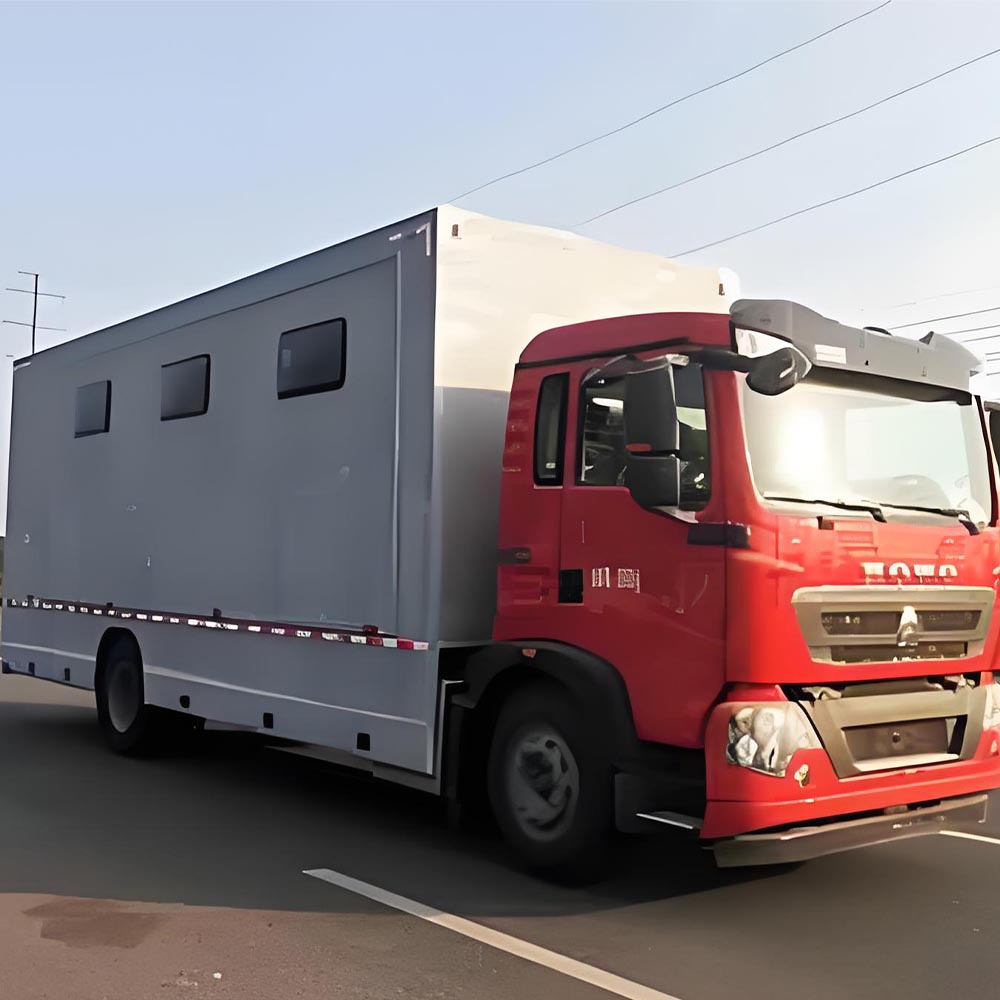-
Chengli Automobile Industry Park

What do ambulances carry people with?
What Do Ambulances Carry? Complete Guide to Life-Saving Equipment
Ambulances are moving hospitals. They have all the tools to help sick people. This guide will show you what these life-saving vehicles carry to help in emergencies.
: Emergency ambulances are outfitted to deliver essential first aid and life-saving support while transporting both accident victims and critically ill patients to the hospital.
Table of Contents
Basic Life Support Equipment
Ambulances carry tools that keep people alive until they get to a hospital. Here’s what you’ll find:
Inside an Ambulance: Life-Saving Equipment
Key Equipment Categories
Ambulances carry a wide range of equipment to handle medical emergencies. This infographic provides an overview of the essential categories and items.
- Cardiac Care: Defibrillators, ECG monitors
- Respiratory Support: Oxygen tanks, masks, ventilators
- Medications: Epinephrine, Nitroglycerin, Pain relievers
Medication Distribution
The following chart shows the percentage of ambulances carrying specific types of medications.
Blood Transfusion Capability
Only a small percentage of ground ambulances (around 14%) are equipped to perform blood transfusions. This is an important consideration in trauma situations.
Heart and Breathing Support
- Defibrillators – These shock the heart to make it beat right again
- Oxygen tanks – Give people air when they can’t breathe well
- Breathing masks – Help put oxygen into lungs
- Suction devices – Clear things blocking airways
Trauma Care Tools
- Spine boards – Keep backs straight after falls
- Special bandages – Stop heavy bleeding
- Neck braces – Hold necks still if hurt
According to data, all U.S. ambulances must have these items to get certified.
Medications on Board
Ambulances carry many medicines for different problems:
| Emergency Type | Medications Carried | Purpose |
|---|---|---|
| Allergic Reactions | Epinephrine auto-injectors | Stops severe allergic reactions fast |
| Heart Problems | Nitroglycerin tablets | Opens blood vessels to help heart pain |
| Breathing Issues | Albuterol | Opens airways during asthma attacks |
| Pain Relief | Various pain medicines | Helps comfort people in pain |
Medical directors approve what medicines each ambulance carries.
Transport Equipment
Getting patients safely to hospitals is important. Ambulances use:
- Stretchers – To carry people who can’t walk
- Backboards – For people with possible spine injuries
- Stair chairs – Help move patients down stairs in buildings
Special Mobile Medical Support Vehicles have equipment for moving patients of all sizes.
Special Terrain Equipment
Some ambulances work in hard-to-reach places:
- Off-road models – Work in mountains and forests
- Special tires – Drive through snow and mud
- Built-in winches – Pull the ambulance out if stuck
These features help ambulances reach people in remote areas.
Communication Devices
Talking to hospitals is key. Ambulances have:
- Two-way radios – Talk with dispatch centers
- Mobile computers – Send patient info ahead to hospitals
- GPS systems – Find the fastest routes
This helps doctors prepare before patients arrive.
Protective Equipment
Ambulance crews need protection too. They carry:
- Gloves – Keep germs away
- Masks – Stop breathing in bad stuff
- Gowns – Keep clothes clean from blood
- Face shields – Protect eyes from fluids
This safety gear keeps both patients and workers safe.
Common Misconceptions
People often think wrong things about ambulances:
Blood Supply
Many think all ambulances carry blood, but they don’t! Only about 14% of ground ambulances can do blood transfusions.
Some cities like Dallas are testing giving blood in ambulances before reaching hospitals.
Body Transport
Ambulances use special equipment to move people who have died:
- Special covers
- Body bags
- Stretchers made just for this purpose
Equipment Supply Chain
Ambulance supplies come from special companies:
- Medline serves ambulances across all 50 states
- EMSstuff provides equipment to over 2,100 emergency agencies
- Horizon Medical Products sells innovative life-saving tools
These companies make sure ambulances have what they need.
Technology Updates in Ambulances
New tech is changing ambulances:
- 5G monitoring systems – Send live patient data to doctors
- Self-driving ambulances – Get to emergencies faster
- Smart stretchers – Adjust to patient weight automatically
Some New Energy Ambulances with DC Fast Charging are now electric and better for the earth.
Special Case: Mountain Rescue
In places like Alaska, ambulances need extra tools:
- Temperature-controlled medicine cabinets
- Satellite tracking systems
- Response time in winter 2025: just 28 minutes
This shows how ambulances change based on where they work.
Cost and Maintenance
Keeping ambulances ready costs money:
- Each ambulance replaces 28% of supplies every 18 months
- Most agencies choose certified suppliers (89%)
- Technology budgets increased by $470 million in 2025
These costs ensure ambulances are always ready to save lives.
Training Requirements
People working in ambulances need special training:
- Emergency Medical Technicians (EMTs)
- Paramedics (more advanced than EMTs)
- Regular practice with all equipment
The Mobile Medical Rescue Vehicle teams train constantly with their equipment.
Summary: What Ambulances Carry
Ambulances are like small hospitals on wheels. They have:
- Equipment to keep hearts beating
- Tools to help breathing
- Medicines for many problems
- Ways to move hurt people safely
- Devices to talk to hospitals
All these things help save lives every day!









